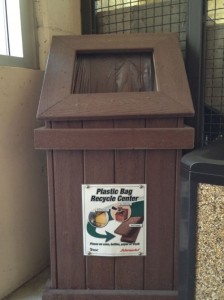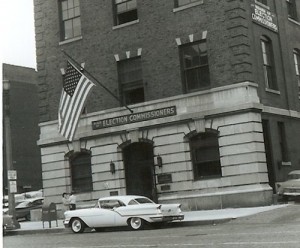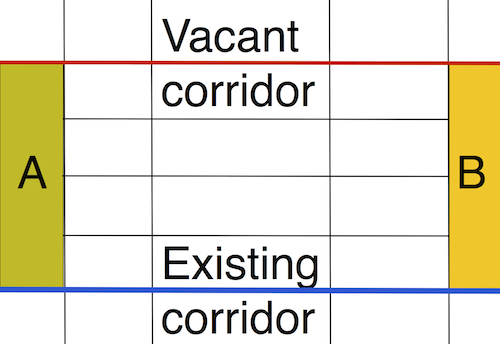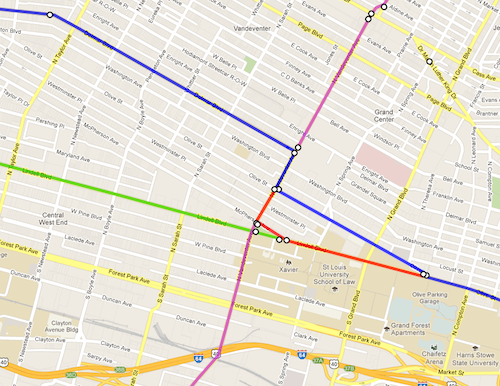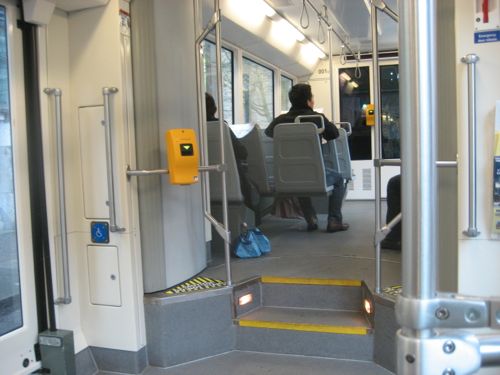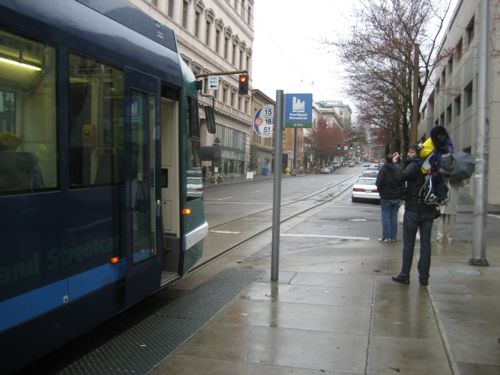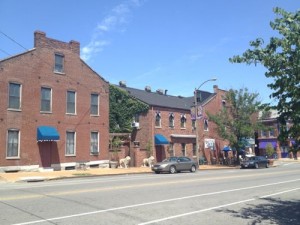Did You ‘Dump the Pump’ Today?
|
|
Did you take transit today? Today is National Dump the Pump Day:
On June 21, 2012, American Public Transportation Association (APTA), in partnership with The Sierra Club, The Natural Resources Defense Council (NRDC), and public transportation systems across the country will celebrate the 7th Annual National Dump the Pump Day.
In these tough economic times with high gas prices, everyone is looking for a way to save money. National Dump the Pump Day encourages people to ride public transportation
(instead of driving) and save money.
Riding public transit is an economical way to save money, particularly when gas prices are high. The latest APTA Transit Savings Report shows that a two person household that downsizes to one car can save – on the average – about $10,000 a year.
It’s been over two months since I sold my car. While there have been a few times I missed the easy mobility the car offers I love the greater financial freedom I have now. We all make trade offs in life, I just decided more money in my pocket was more important to me than 24/7 mobility. I’m still mobile, just on Metro’s schedule.
Most likely you weren’t aware of Dump the Pump Day. Even if you were you’d cite a long list of reasons why transit won’t work for you, why you must have a car. Here are some of the reasons to use transit:
Quick Facts
- In 2011, Americans took 10.4 billion trips on public transportation.
- 35 million times each weekday, people board public transportation.
- Public transportation is a $55 billion industry that employs more than 400,000 people.
- More than 7,300 organizations provide public transportation in the United States.
Public Transportation Helps People Save Money
- Using public transportation is the quickest way to beat high gas prices.
- According to APTA’s Transit Saving Report, a two-person household can save, on the average, more than $10,000 a year by downsizing to one car.
- Public transportation provides an affordable, and for many, necessary, alternative to driving.
Public Transportation Provides Economic Opportunities
- Every $1 billion invested in public transportation creates and supports 36,000 jobs.
- Every $1 invested in public transportation generates approximately $4 in economic returns.
- Every $10 million in capital investment in public transportation yields $30 million in increased business sales.
- Every $10 million in operating investment yields $32 million in increased business sales.
Public Transportation Saves Fuel and Reduces Congestion
- Public transportation has a proven record of reducing congestion.
- The latest research shows that in 2010, U.S. public transportation use saved 796 million hours in travel time and 303 million gallons of fuel in 439 urban areas.
- Without public transportation, congestion costs in 2010 would have risen by nearly $17 billion from $101 billion to $118 billion.
Public Transportation Reduces Gasoline Consumption
- Public transportation use in the United States saves 4.2 billion gallons of gasoline annually.
- Households near public transit drive an average of 4,400 fewer miles than households with no access to public transit.
Public Transportation Reduces Carbon Footprint
- Public transportation use in the United States reduces our nation’s carbon emissions by 37 million metric tons annually. This is equivalent to the emissions resulting from the electricity generated for the use of 4.9 million households or every household in Washington, DC; New York City; Atlanta; Denver; and Los Angeles combined.
- One person with a 20-mile round trip commute who switches from driving to public transit can reduce his or her daily carbon emissions by 20 pounds, or more than 4,800 pounds in a year.
- A single commuter switching his or her commute to public transportation can reduce a household’s carbon emissions by 10 percent and up to 30 percent if he or she eliminates a second car.
Public Transportation Enhances Personal Opportunities
- Public transportation provides personal mobility and freedom for people from every walk of life.
- Access to public transportation gives people transportation options to commute to work, go to school, visit friends, or travel to a doctor’s office.
- Public transportation provides access to job opportunities for millions of Americans.
- 83 percent of older Americans acknowledge public transit provides easy access to things they need in everyday life.
All the above reasons are valid, but it’s the cost savings that did it for me personally. I’m single but for many couples going from two cars to one gives them savings without giving up mobility.
– Steve Patterson
